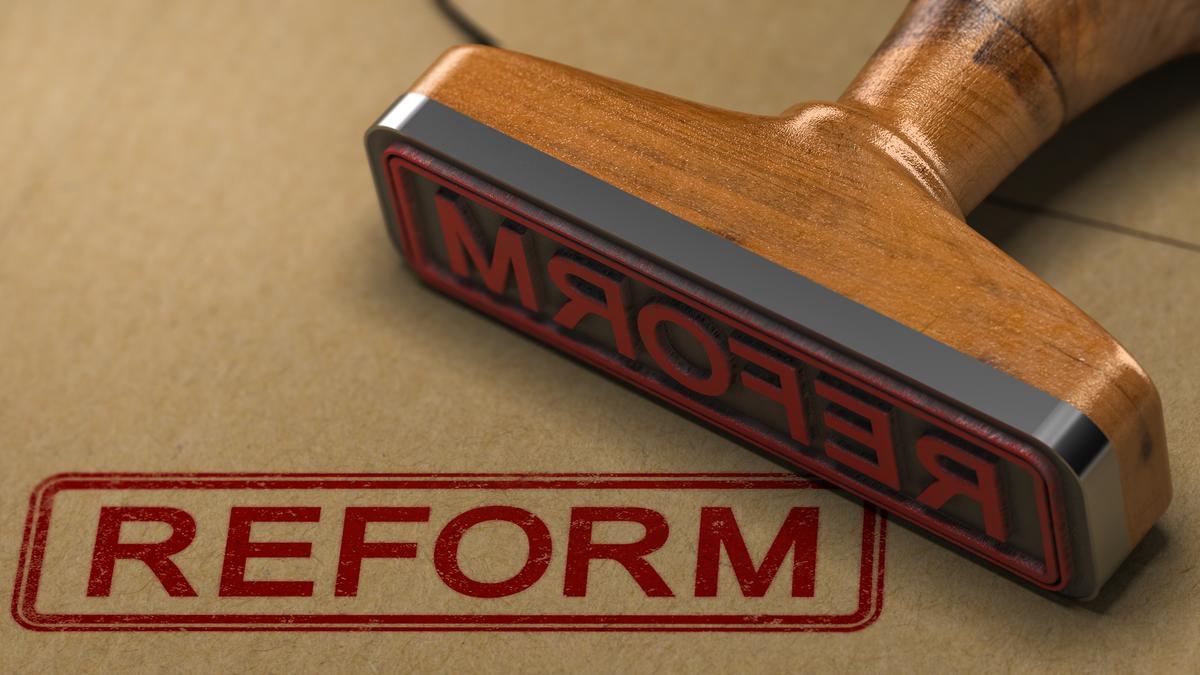Residents of central Jaipur face persistent disturbances from air horn usage by buses and trucks even during late hours. Despite existing noise pollution regulations, enforcement has been inadequate. The National Green Tribunal (NGT) issued an order limiting air horn usage on major roads between 10 p.m. and 6 a.m. However, enforcement agencies, including the traffic police, transport department, and pollution control board, have still not implemented the order. What the NGT should have done is to evaluate the possibility of its order being implemented or taken action which would be implementable. This would mean complete ban of air horns, which it did not consider. Consequently, the issue remains unresolved after more than two years.
Judicial orders that incorporate strategies to overcome enforcement challenges have the potential to optimise resource utilisation and foster public satisfaction. By focusing on practical and actionable enforcement strategies, meaningful and lasting outcomes can be achieved. Inspiration can also be drawn from Kathmandu in Nepal, where strict enforcement of noise control measures, combined with public awareness campaigns, has led to remarkable change. It demonstrates how proactive enforcement, supported by public education and cooperation, can drive change. Enforcement is not merely a procedural task — it is integral to justice itself. The consequences of weak enforcement of judicial decisions are profound, undermining both governance and public trust in the judiciary.
Anticipating hurdles
The challenges in enforcing judicial decisions are emblematic of systemic issues. Enforcement agencies are often reluctant to act on violations they deem “minor”, creating a significant disconnect between judicial intent and ground reality. This gap highlights the need for judicial foresight during decision-making to anticipate enforcement hurdles and ensure the implementation framework is robust and realistic.
Consider the State of Tamil Nadu v. K. Balu (2017) case, popularly known as the liquor ban case. The Supreme Court aimed to curb road accidents caused by drink driving and prohibited liquor sales within 500 metres of the highways. However, enforcement challenges soon emerged. The decision led to widespread circumvention, including the reclassification of highways as urban roads and the relocation of liquor outlets just beyond 500 meters of highways. This revealed a lack of foresight in anticipating implementation hurdles and delays in execution procedures which can even render judgments ineffective.
There may be certain exceptions where it may be prudent for the court to consider certain aspects for effective enforcement. Section 38 of the Code of Civil Procedure (CPC) in India gives the power to execute a decree to both the court that passed it and the court to which it is sent for execution. Order 21 of the CPC addresses the formal process of executing decrees issued by courts at all levels, from the grassroots level to the highest authority. Despite these provisions, the actual execution of judgments often falls short as there are concerns regarding the validity of a decree and judicial misconduct.
India has witnessed several instances where judicial enforcement has been effective. In Common Cause v. Union of India (2018), the Supreme Court legalised passive euthanasia and the success of this judgment stemmed from its clarity: specific guidelines for healthcare institutions, stringent monitoring mechanisms, and systematic oversight ensured that the decision translated into action. The Taj Trapezium Zone directives highlighted the significance of inter-agency collaboration. Based on the Varadarajan Committee’s recommendation, a green belt was established around the Mathura oil refinery, and regular air quality monitoring was mandated. These examples show that effective enforcement requires actionable directives and concurrent monitoring frameworks.
How to ensure enforcement
To achieve the aim of effective enforcement, there is a pressing need to establish a system where an officer could be appointed in every government department and agency to review and remedy the situation. The officer would be responsible for executing orders, ensuring compliance through regular audits and reporting, and would face the threat of consequences for failing to execute such orders.
It is essential to leverage technologies to identify government departments and agencies whose jurisdictions align with specific judicial directives enabling the entities to report back to the court within designated time frames. Enforcement mechanisms play a critical role in encouraging compliance, particularly through the use of positive measures. Transparency, as a key mechanism, fosters compliance by ensuring robust policy formation and the effective dissemination of information.
In conclusion, the effectiveness of judicial reform in India is undermined by weak enforcement mechanisms. To bridge these systemic gaps, it is imperative to establish a structured system with officers accountable to the judiciary while maintaining transparency. Tech-driven monitoring, clear accountability frameworks, and fostering public engagement can significantly improve compliance. Furthermore, inter-agency coordination is essential to translate judicial rulings into tangible real-world outcomes.
Pradeep S. Mehta, Secretary General of CUTS International
Published – April 09, 2025 01:55 am IST
